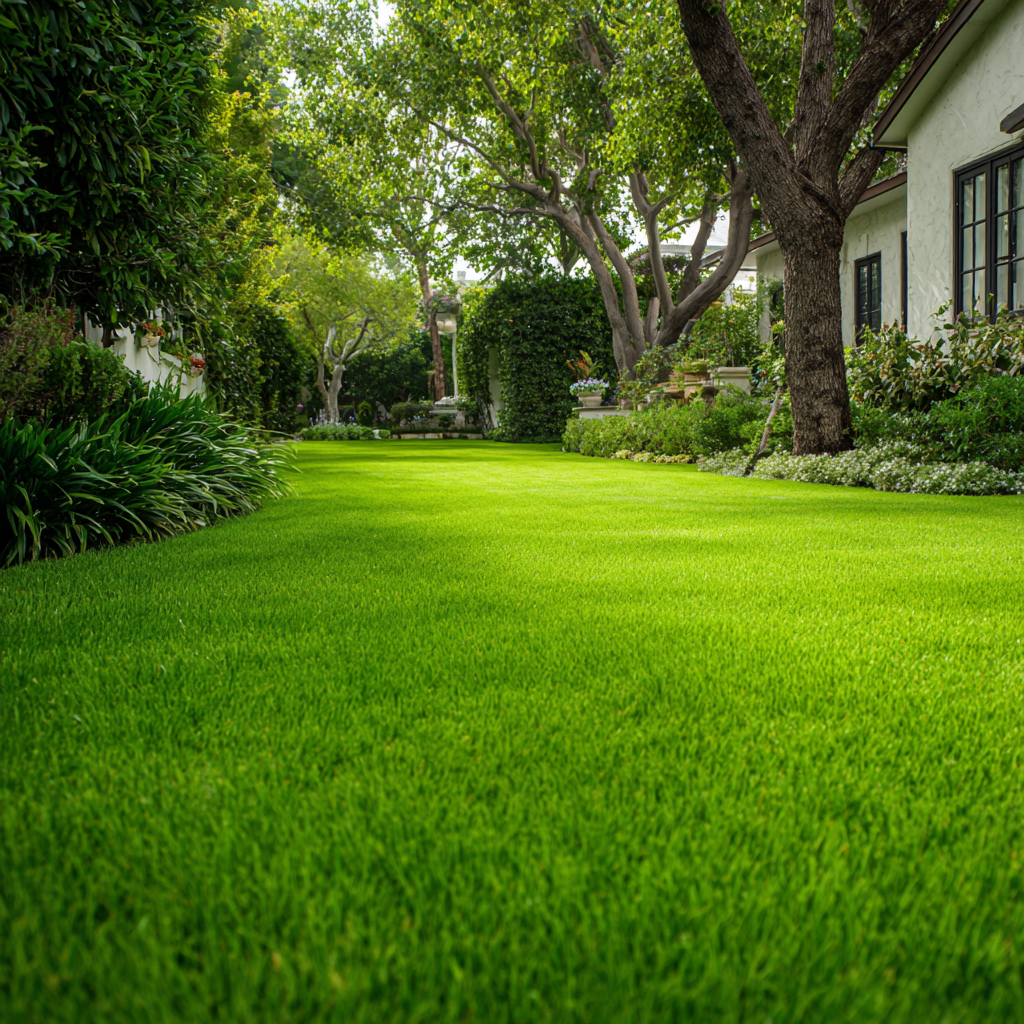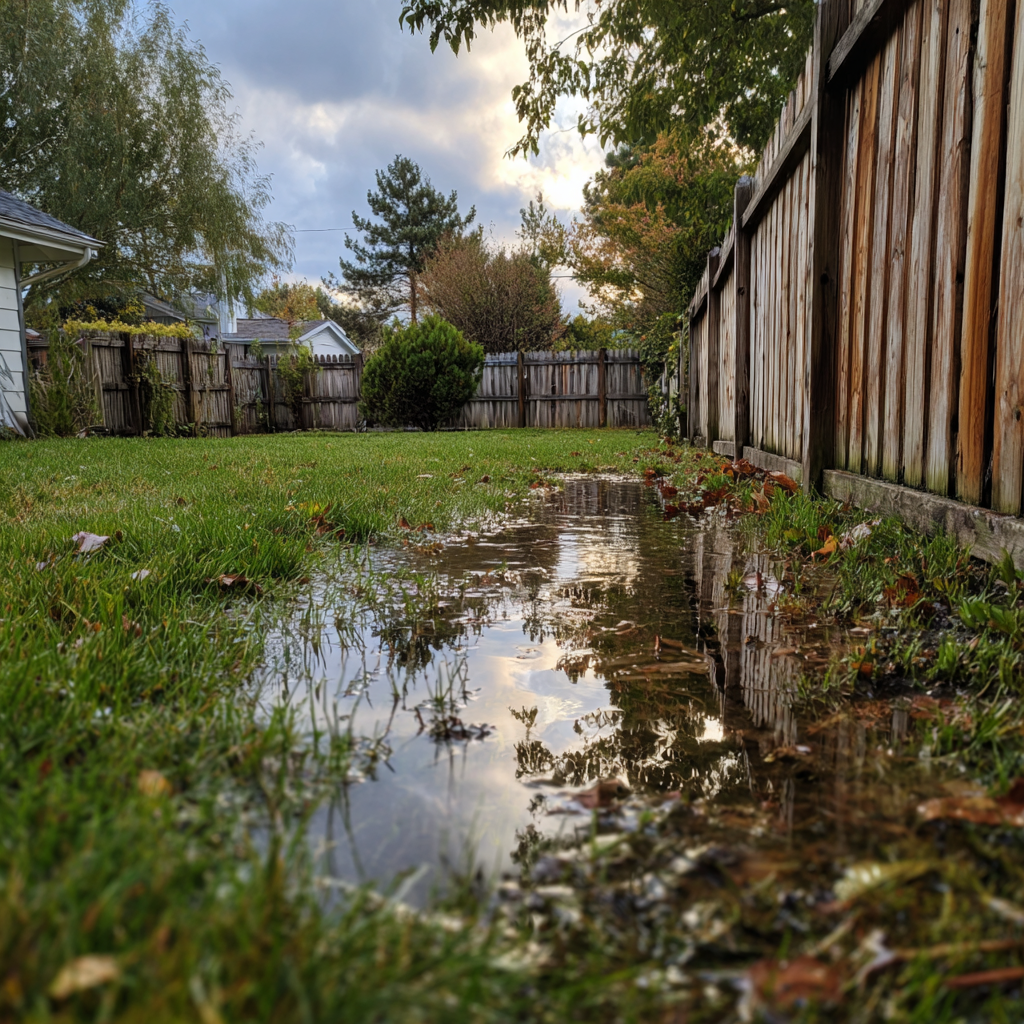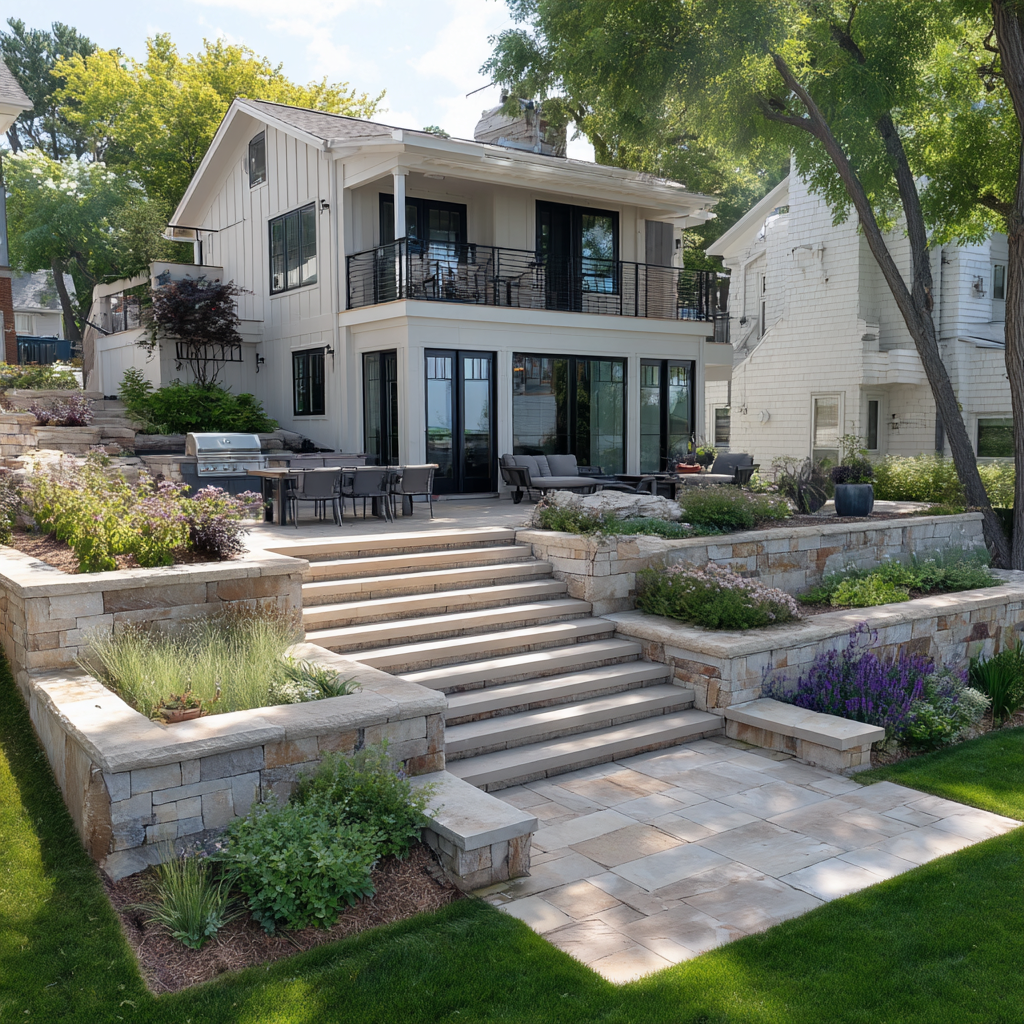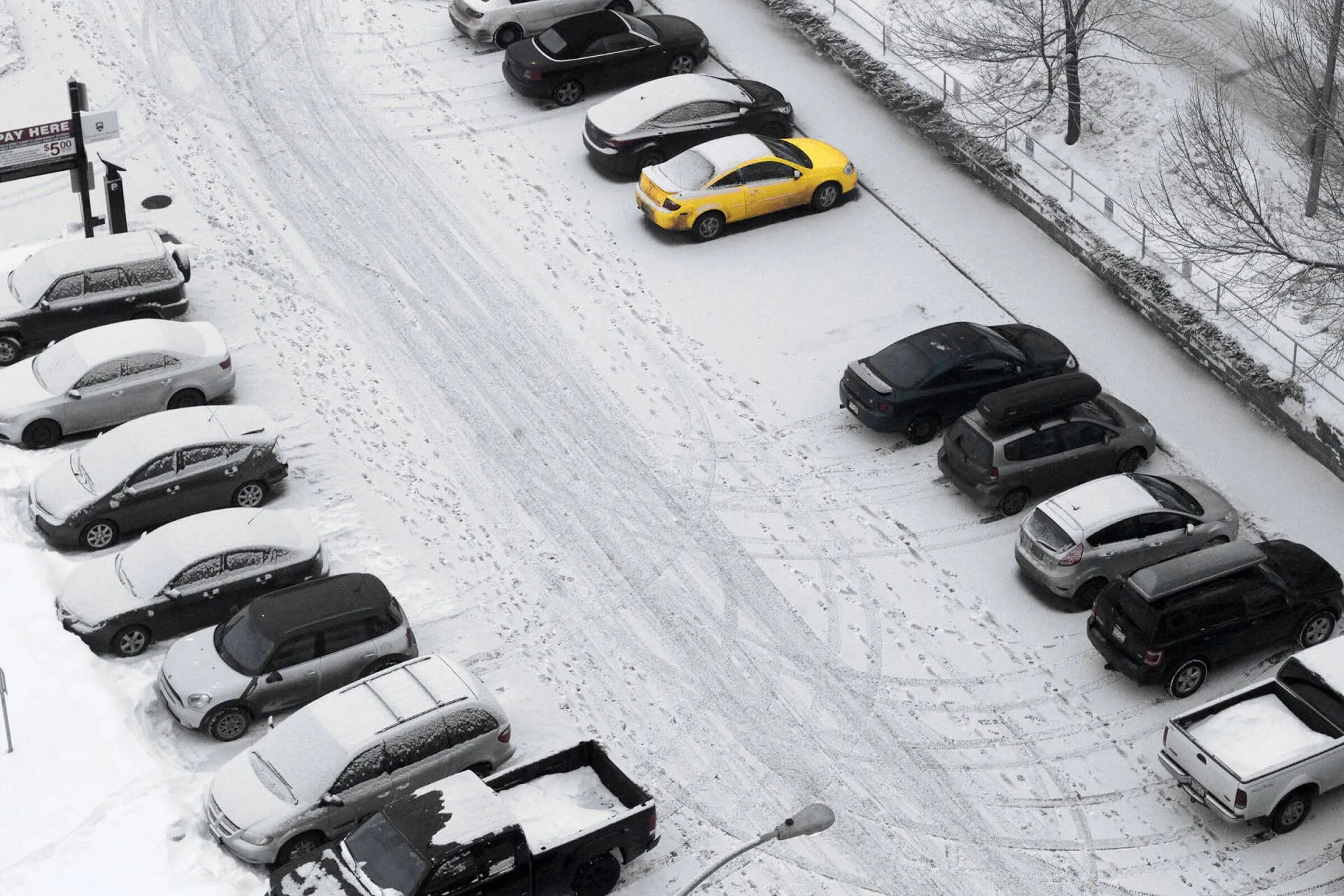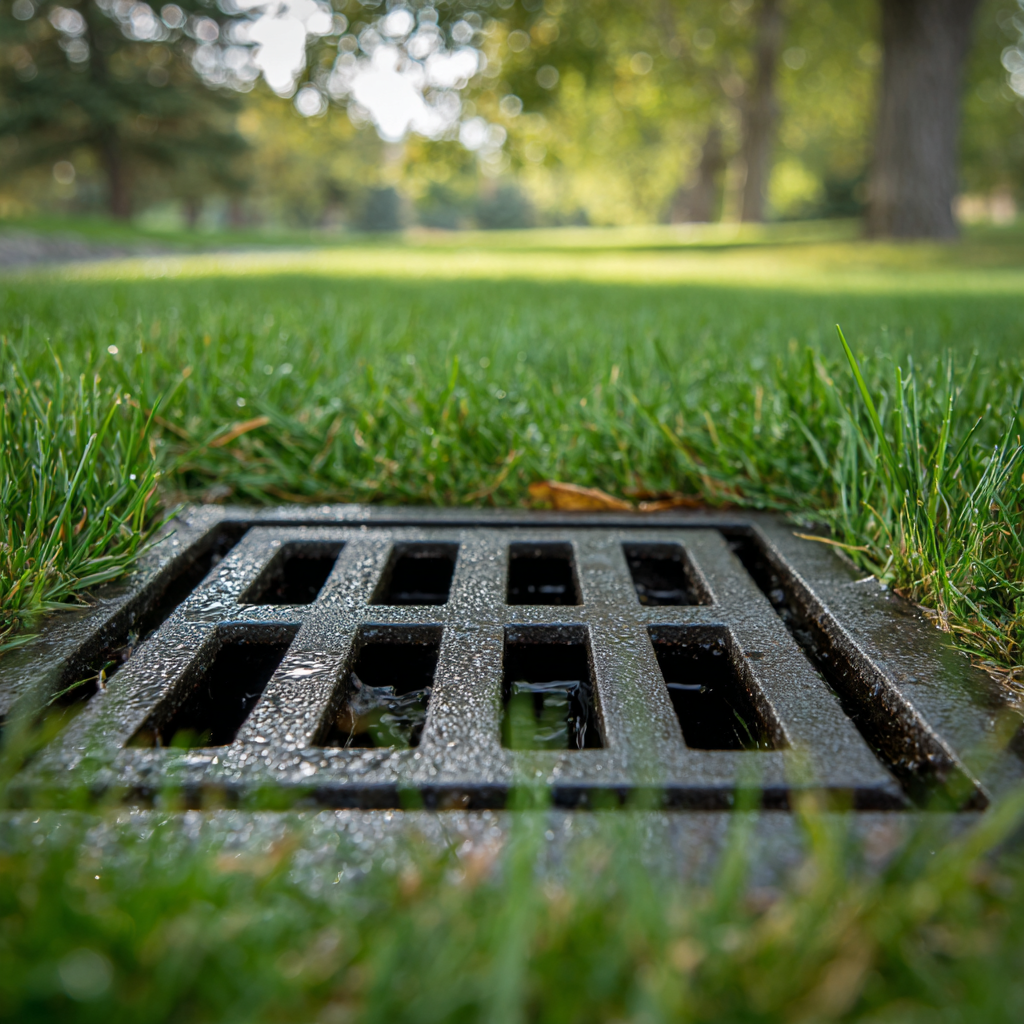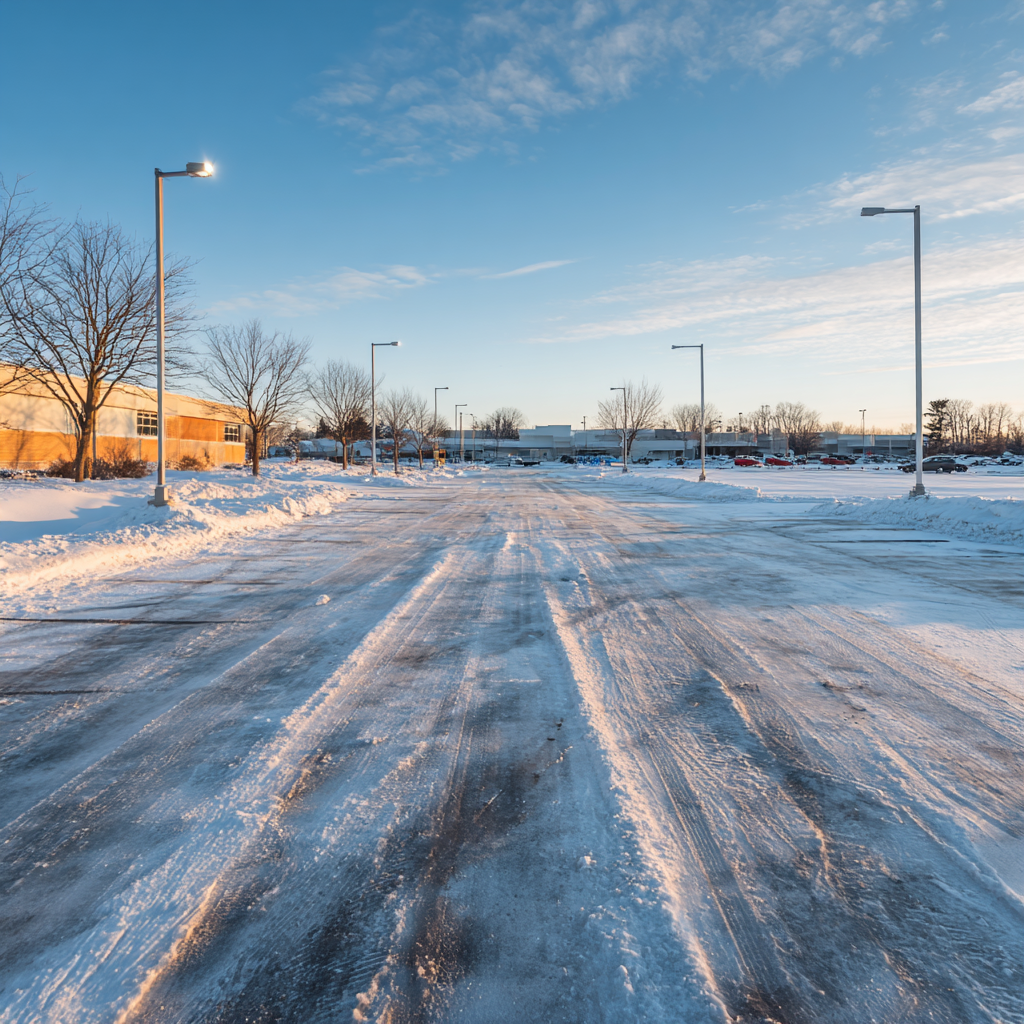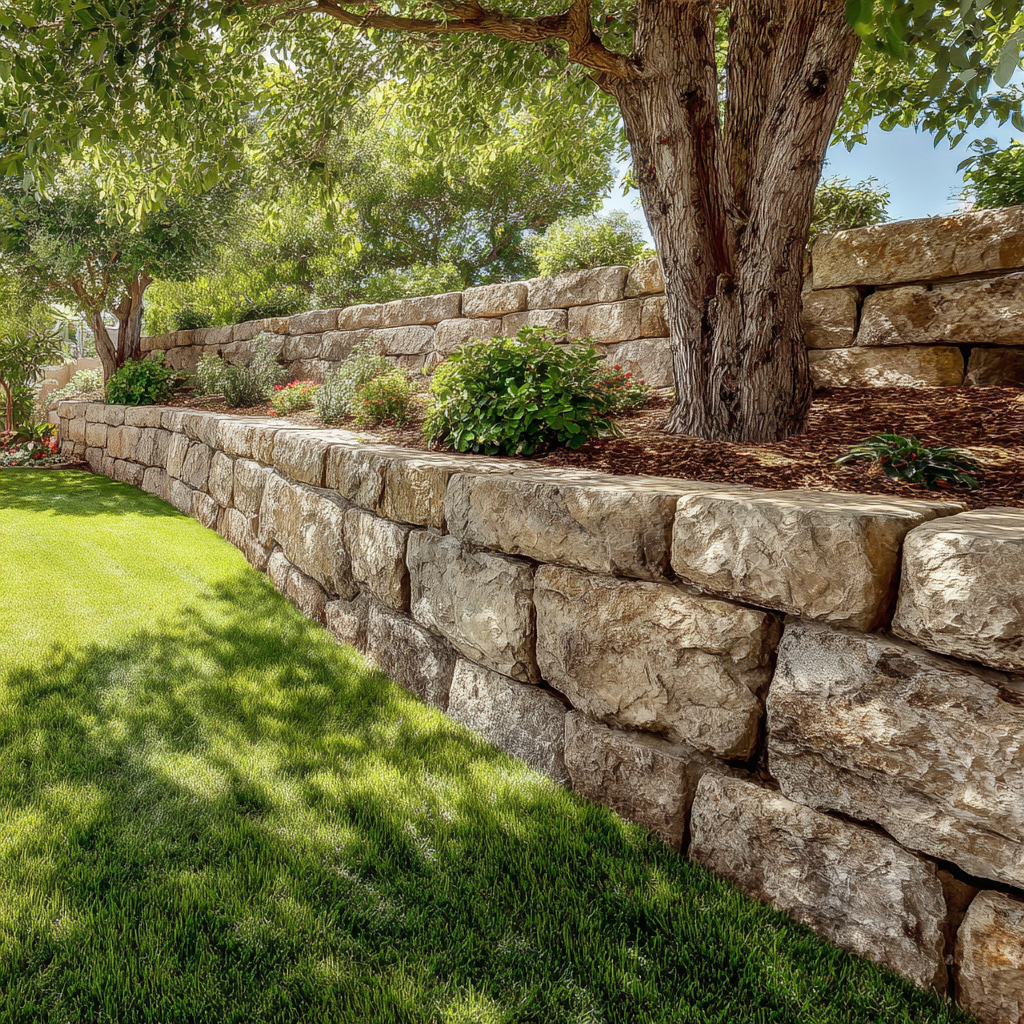When to Spray Weeds After Seeding Your Blaine Lawn
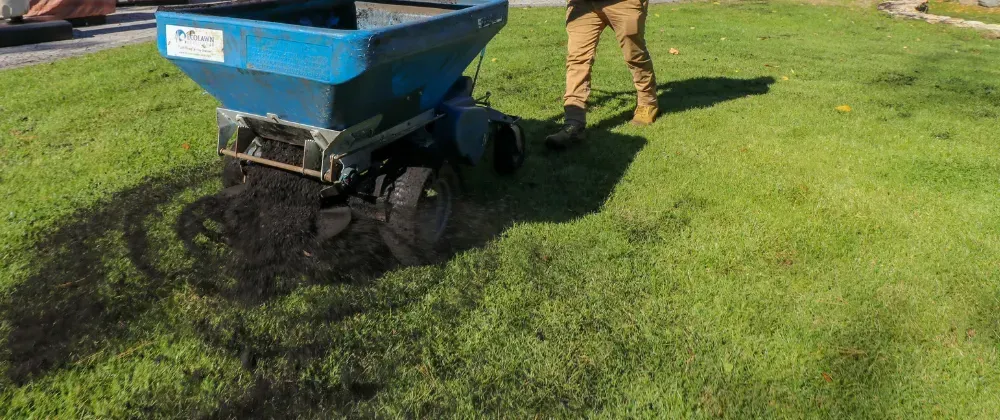
When to Spray Weeds in Blaine
You invested in lawn renovation - seeding or overseeding your Blaine yard to get thicker, healthier grass. The new grass is coming up, but so are weeds. Lots of weeds. You don't know when it's safe to spray without killing the grass seedlings you just spent money establishing.
Wait too long and weeds choke out your new grass. Spray too early and you kill the grass yourself. You're stuck watching weeds take over while your fragile new grass struggles to establish. Based on what we've seen managing lawn renovations throughout Blaine, weed control timing is where most DIY lawn renovations fail. This is exactly why professional lawn care is worth hiring.
Why Weed Control Timing Is So Critical (And So Easy to Get Wrong)
Lawn seeding creates perfect conditions for weeds too. Bare soil, regular watering, disturbed ground - everything weeds love. Your new grass seedlings germinate, but so do thousands of weed seeds that were waiting in the soil. The same conditions that help grass establish help weeds thrive.
New grass seedlings are extremely fragile for the first 4-6 weeks. Herbicide that doesn't harm mature grass kills young seedlings easily. The window for safe treatment is narrow and depends heavily on temperature. Get timing wrong in either direction and you've wasted your entire seeding investment.
Most homeowners don't know the specific timing requirements for treating weeds around new grass. They don't know how temperature affects treatment safety. They don't understand that grass looking established doesn't mean it can handle herbicide stress. This is where professional lawn care pays for itself - we've managed hundreds of lawn renovations and know exactly when treatment is safe.
The Three Critical Phases: Before, During, After
Before seeding, if your lawn is overrun with weeds, we treat with post-emergent herbicide to kill existing weeds. This step creates voids where new grass can establish. When weeds die, they leave space for new seedlings to fill in without competition. Most DIYers skip this step and seed directly into weedy lawns. The existing weeds immediately compete with new grass, and the weeds usually win because they're already established with deep roots.
We never seed without killing weeds first. This pre-seeding treatment happens 2-3 weeks before we seed, giving weeds time to die completely and creating the space new grass needs.
During seeding and the first few weeks after, no weed control is possible. You're just watering and waiting for germination. Weeds will start germinating alongside your grass. This is frustrating but necessary. You can't spray anything without killing the grass seedlings you're trying to establish. Professional timing plans for this vulnerable gap and addresses weeds as soon as grass can safely handle treatment.
After seeding, you must wait minimum 4-5 weeks before any weed control treatment. New grass must be established enough to handle the stress that herbicide creates. Temperature matters enormously during this period. Wrong timing here kills your renovation investment. Professionals know exact timing for Blaine's specific climate and conditions.
Why You Can't Just "Spray Weeds When You See Them"
New grass seedlings look established before they actually are. Grass that looks green and growing can still be extremely vulnerable. You can't tell by looking when grass is ready for herbicide treatment. It's not about grass height - it's about root development happening below the surface that you can't see.
Herbicide stress kills seedlings that look perfectly healthy. The visible grass appears fine, then dies over the next week as the combined stress of herbicide and maintaining growth overwhelms the immature root system. By the time you realize the grass is dying, it's too late to save it.
Temperature and weather conditions affect timing dramatically. What worked for your neighbor's lawn last year might kill your lawn this year if conditions are different. Professional assessment based on actual grass development and current weather conditions prevents these expensive mistakes.
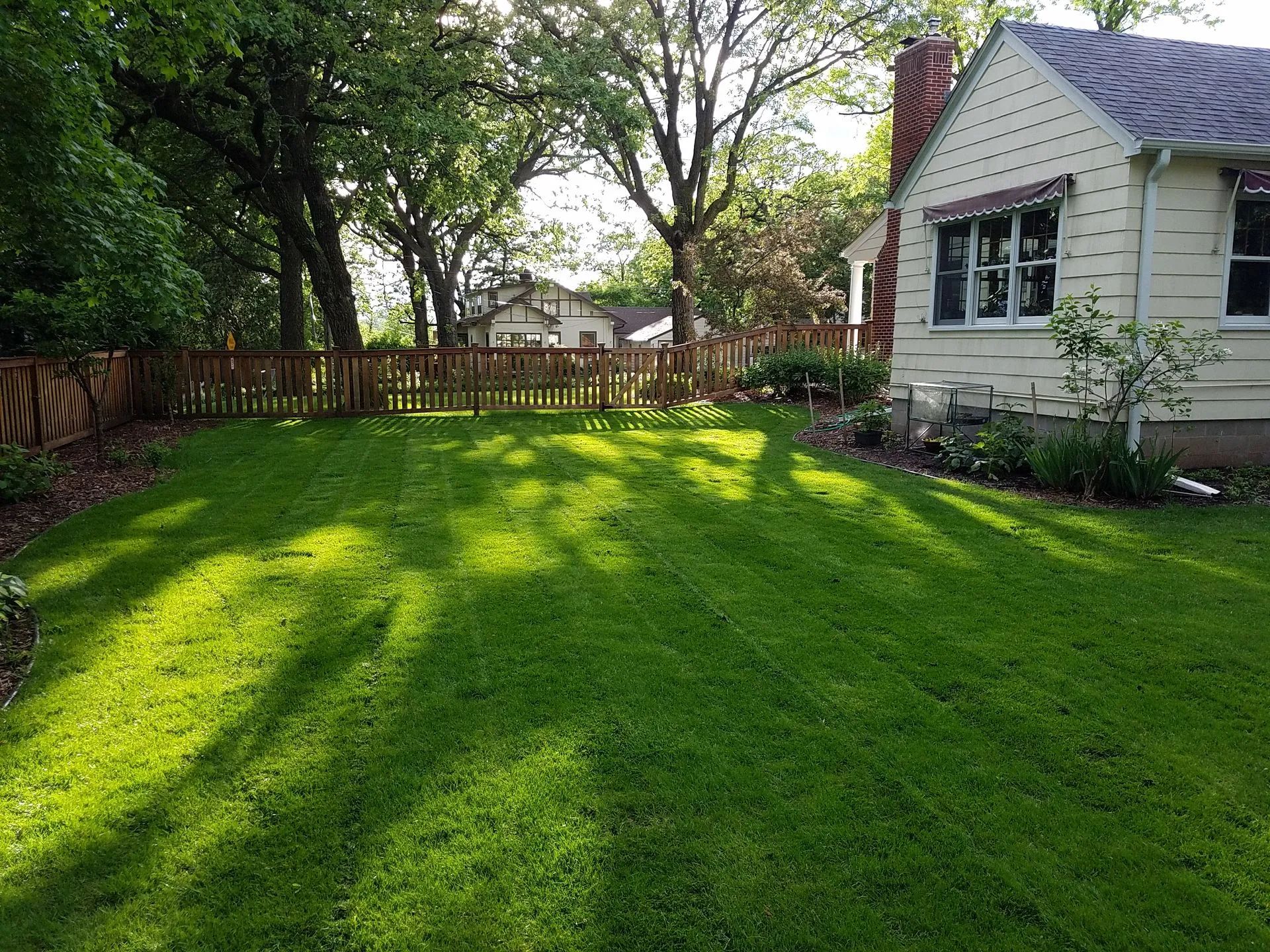
The 4-5 Week Minimum Rule (And Why It's Actually Variable)
New grass needs 4-5 weeks minimum to develop root systems established enough to withstand herbicide stress. This generally corresponds to around the third or fourth mowing. But this timing isn't absolute - it changes based on multiple factors.
Temperature during establishment affects how quickly grass actually develops. Cooler weather means slower growth and longer wait times. Warm conditions speed establishment. The grass species you seeded matters - some varieties establish faster than others. Watering consistency affects establishment speed. Weather stress during those first weeks can delay when grass is truly ready.
Cool spring might require 6 weeks before treatment is safe. Warm fall conditions might mean grass is ready at 4 weeks. Heat stress requires waiting longer regardless of what the calendar shows. This is why professional assessment determines actual timing for your specific lawn rather than just following a calendar rule.
We've seen homeowners follow the "4-5 week rule" and kill their new grass because they didn't account for cool weather slowing establishment, or they ignored temperature warnings and sprayed during a heat wave. The rule is a starting point, not an absolute answer.
Temperature: The Factor That Kills More New Grass Than Anything
Temperature matters as much as timing when treating weeds around new grass. Herbicide creates stress. Heat creates stress. New grass can't handle both stresses simultaneously. Even established grass struggles with herbicide applications when temperatures exceed 85 degrees. New grass is far more vulnerable.
At 85+ degrees, don't spray regardless of how long it's been since seeding. Even 80-85 degrees is risky on new grass. The combination of heat stress and herbicide stress kills grass that would have survived either stress alone.
Minnesota's temperature patterns make this tricky. Spring goes from 50s to 80s quickly. You might reach the 4-week mark just as temperatures spike. Summer's July heat makes treatment impossible even though grass is technically old enough. Fall provides more stable, cooler conditions ideal for treatment.
We've been called to properties where homeowners sprayed at exactly 4 weeks like they were supposed to, but temperatures hit 88 degrees. The new grass was technically ready by calendar, but heat stress combined with herbicide killed large sections. The homeowner followed timing rules but ignored temperature, and the entire lawn renovation failed. This is why we wait for appropriate weather even if the calendar says grass is ready.
The Crabgrass Preventer Timing Conflict
Crabgrass preventer prevents all grass seed from germinating, not just crabgrass. You cannot seed and use crabgrass preventer at the same time. This creates a fundamental timing conflict for lawn renovations.
If you seed in spring, you must skip crabgrass preventer. That means crabgrass will germinate alongside your new grass. You can't treat the crabgrass without harming new grass seedlings. You're stuck with crabgrass for the entire season. This is extremely frustrating and one of the main reasons spring seeding is problematic.
Fall seeding solves this conflict completely. Seed in late August or September. Grass establishes through fall. Following spring, apply crabgrass preventer normally. No conflict, both products work as intended. This is why we strongly prefer fall timing for lawn renovations.
Crabgrass is extremely aggressive in Blaine. It competes heavily with new grass seedlings. When you spring seed and can't use crabgrass preventer, you're watching crabgrass overtake the lawn you just invested in renovating. Professional timing avoids this entire problem by planning renovations for fall execution.
Why Fall Is Ideal for Lawn Renovation
Late August through September provides perfect temperatures for grass germination in Minnesota. Cool nights and warm days create ideal conditions. There's less weed pressure than spring. You can treat weeds the following spring without any conflicts. Crabgrass preventer timing works properly.
Spring seeding creates multiple timing problems. Warm weather brings heavy weed pressure. You can't use crabgrass preventer. Heat arrives before grass is fully established. The window between seeding and summer stress is narrow. More things can go wrong.
We plan most lawn renovations for fall execution whenever possible. Timing works better with weed control needs. Results are consistently superior. Temperature patterns support establishment better. Spring seeding only when fall isn't an option due to client timing needs.
What Happens When Timing Goes Wrong
Spray too early, before grass has developed adequate root systems, and herbicide stress kills fragile seedlings. Grass that was establishing dies. You've killed your own lawn renovation and have to reseed and start over. We've been called to assess damage after homeowners did exactly this.
Spray during heat stress and combined stress kills new grass. Even grass that was ready for treatment at 5 weeks dies when you spray during 85+ degree weather. Dead patches appear throughout newly seeded areas. The entire investment is lost to a timing mistake that proper weather monitoring would have prevented.
Don't spray at all because you're afraid of killing new grass, and weeds take over and choke out seedlings. New grass can't compete with established weeds. The lawn stays weedy despite your seeding investment. Renovation fails because weeds won the competition. Timing treatment correctly is necessary for success - avoiding treatment isn't the answer.
Get crabgrass preventer timing wrong and you either kill grass seed trying to germinate, or you skip the preventer and crabgrass overwhelms your lawn. Both outcomes waste your seeding investment and leave you with poor results despite effort and expense.
How Professionals Time Weed Control for Lawn Renovations
Our process starts with assessing lawn condition and weed pressure before any seeding. We treat existing weeds 2-3 weeks before seeding to clear space for new grass. We time seeding for optimal season - fall whenever possible. Then we monitor new grass establishment progress closely.
We track weather and temperature patterns constantly. We determine actual treatment timing based on grass development and weather forecast, not just calendar. We apply weed control when grass is ready and conditions are safe. For fall-seeded lawns, we plan crabgrass preventer for the following spring when timing works properly.
What we're tracking that homeowners typically don't: grass root development below the surface, not just visible growth. Ten-day weather forecasts to find treatment windows. Soil temperature and moisture conditions affecting establishment. Specific herbicide products and their stress levels on young grass. Proper application rates for grass that's established enough for treatment but still young.
We've managed hundreds of lawn renovations throughout Blaine. We know exactly what works in local conditions. We understand timing windows for different scenarios. We've seen every timing mistake and its results. This accumulated experience means professional timing delivers successful renovations consistently.
The Cost of DIY Timing Mistakes vs. Professional Management
DIY lawn renovation costs $500-$1,500 depending on lawn size for seed, fertilizer, and your labor time. Add $100-$200 for weed control products. Significant time investment throughout the process.
What happens with timing mistakes changes the math completely. Kill new grass with early herbicide application and you're reseeding at another $500-$1,500. Let weeds take over because you waited too long and renovation fails, wasting the initial investment. Get crabgrass preventer timing wrong and you've wasted both products and gotten poor results. Total loss from timing mistakes runs $600-$1,700 or more.
Professional lawn renovation with integrated weed control costs $500-$2,000 for seeding depending on size, plus $300-$600 per season for comprehensive weed control program. Proper timing is included. Risk of timing mistakes is eliminated. Results are consistently successful.
The actual math: DIY might save $300-$500 if everything goes perfectly. One timing mistake costs more than professional service would have. Professional service guarantees proper timing and protects your renovation investment through expertise. This is where professionals genuinely pay for themselves.
What Our Lawn Treatment Program Includes
Our comprehensive program coordinates all timing properly. Pre-seeding weed treatment clears existing weeds. Post-seeding weed control happens at proper timing based on grass development and temperature. Spring crabgrass preventer is timed correctly with your seeding schedule so there's never a conflict. Two broadleaf treatments per year in spring and fall keep weeds controlled long-term.
Everything is timed specifically for your lawn's renovation schedule. Weed control and fertilization are coordinated. Seeding timing integrates with the annual treatment schedule. Crabgrass preventer never conflicts with seeding because we plan the entire year properly. These aren't piecemeal treatments that might conflict - it's an integrated program where everything works together.
This provides year-round lawn health. Fertilization supports grass growth. Weed control prevents competition. Timing ensures treatments support rather than harm your lawn. Professional assessment and adjustment throughout the season. Consistent results year after year instead of hit-or-miss DIY outcomes.
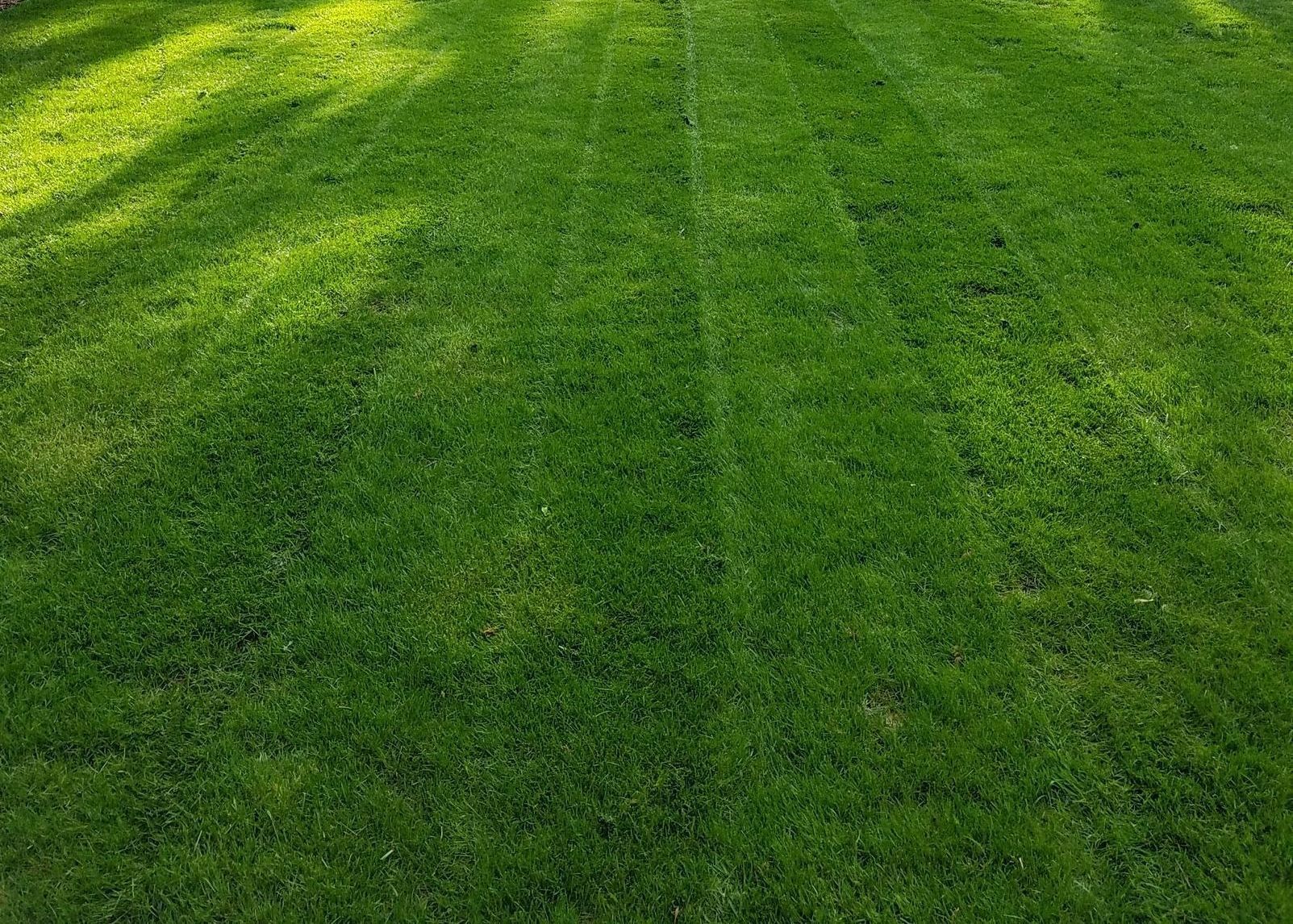
When Professional Service Makes Sense
Professional service makes sense when your lawn renovation represents significant investment. When you don't want to risk timing mistakes that waste that investment. When you lack experience with herbicide timing on new grass. When you want guaranteed results instead of hoping you get timing right. When your time is valuable and you'd rather have experts handle complex timing.
Most successful DIY lawn renovations involve luck with timing as much as skill. Timing mistakes are extremely common among homeowners managing their own renovations. You don't realize the mistake until damage appears, and by then it's too late to fix it. Professional service eliminates timing risk completely, which is worth it for any significant lawn renovation investment.
Timing Is Everything
You invested in lawn renovation to get better grass. Weed control timing determines whether that investment succeeds or fails. Spray too early and you kill new grass. Wait too long and weeds take over. Ignore temperature and combined stress kills everything. Get crabgrass preventer timing wrong and you've wasted money on both seeding and prevention products.
Most DIY lawn renovations fail because of weed control timing mistakes, not because of seeding problems. The grass germinates fine. What you do after germination and when you do it determines success or failure.
We manage weed control timing for lawn renovations throughout Blaine every season. We know exactly when new grass can handle herbicide stress. We track weather and temperature patterns. We coordinate crabgrass preventer with seeding schedules. We've seen every timing scenario and know what works in Blaine's specific conditions.
This is where professional lawn care genuinely pays for itself. Not in the seeding itself - homeowners can spread seed. In the expert timing of everything that comes after seeding that determines whether you actually get the results you invested in creating.
Planning lawn renovation in Blaine? Contact KG Landscape for integrated seeding and weed control service. We'll time everything correctly so your renovation investment delivers the results you want.
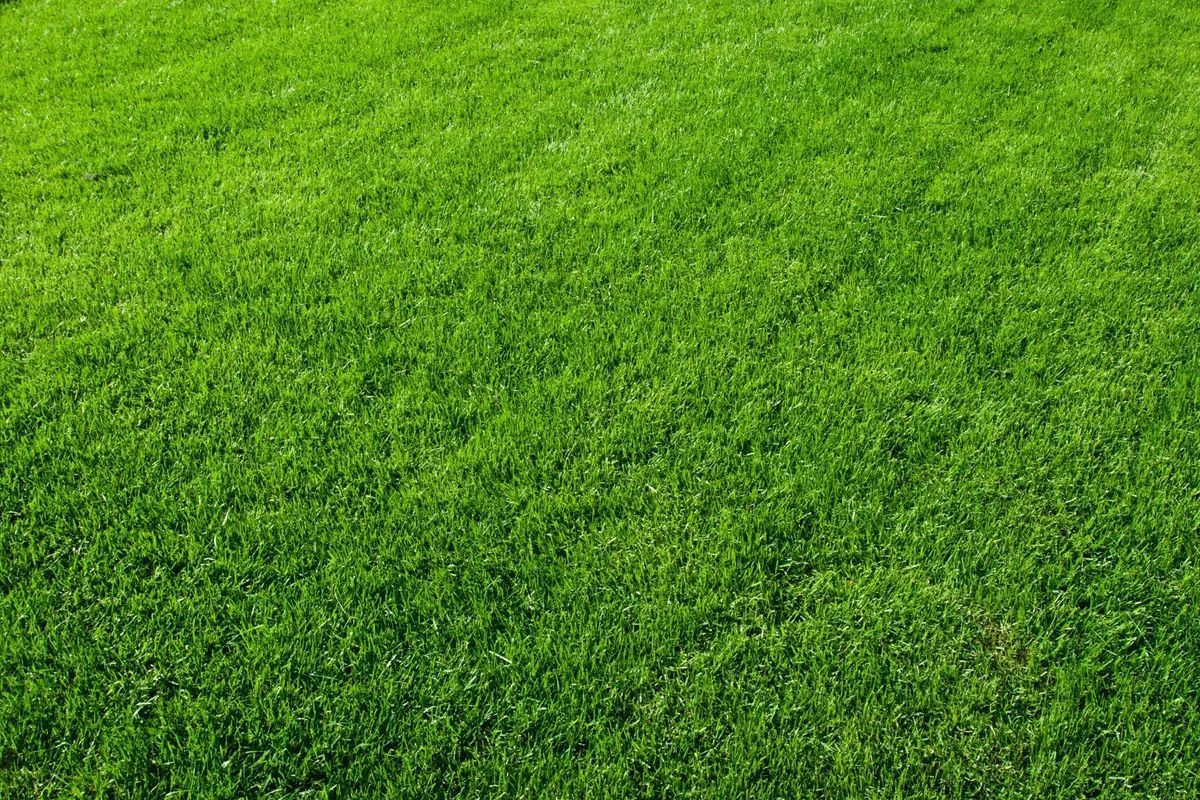
Frequently Asked Questions
How long after seeding can I spray weeds on my lawn?
Wait minimum 4-5 weeks after seeding before applying any weed control, and only when temperatures are below 85 degrees. New grass needs this time to develop root systems strong enough to handle herbicide stress. The actual timing varies based on weather conditions, grass establishment speed, and temperature patterns. Cool weather requires waiting longer. We typically wait until grass has been mowed 3-4 times, which indicates adequate establishment. Professional assessment determines exact timing for your specific lawn rather than just following calendar.
Can I use crabgrass preventer after seeding my lawn?
No, crabgrass preventer prevents all grass seed from germinating, not just crabgrass. If you seed in spring, you must skip crabgrass preventer that year or you'll prevent your grass seed from growing. This is why fall seeding is ideal - you seed in late August or September, grass establishes through fall, then apply crabgrass preventer the following spring without any conflict. Spring seeding means accepting crabgrass in your lawn that year because you can't use preventer without killing your grass seed.
Why did my new grass die after I sprayed for weeds?
New grass died because it wasn't established enough to handle herbicide stress, or because you sprayed during hot weather creating combined heat and herbicide stress. Grass that looks green and growing can still have inadequate root development. Temperatures above 85 degrees make herbicide applications dangerous even on grass that's old enough by calendar. New grass needs both adequate establishment time (4-5+ weeks) and appropriate weather conditions (below 85 degrees) for safe treatment. This is why professional timing assessment matters.
Should I kill weeds before or after seeding?
Kill existing weeds before seeding, ideally 2-3 weeks before. This clears space for new grass to establish without competition from established weeds. Seeding into weedy lawns means new grass immediately competes with weeds that already have deep root systems - the weeds usually win. After seeding, wait minimum 4-5 weeks before treating any new weeds that germinate. This two-step approach - clear weeds before, treat new weeds after adequate establishment time - provides best results for lawn renovations.
Is fall or spring better for lawn seeding and weed control?
Fall is significantly better for lawn seeding in Minnesota. Late August through September provides ideal temperatures for germination, less weed pressure, and perfect timing for crabgrass preventer the following spring. Spring seeding creates timing conflicts with crabgrass preventer, brings high weed pressure, and risks heat stress before grass fully establishes. We strongly recommend fall seeding whenever possible. Professional timing for fall renovations avoids all the conflicts and problems that make spring seeding challenging.
